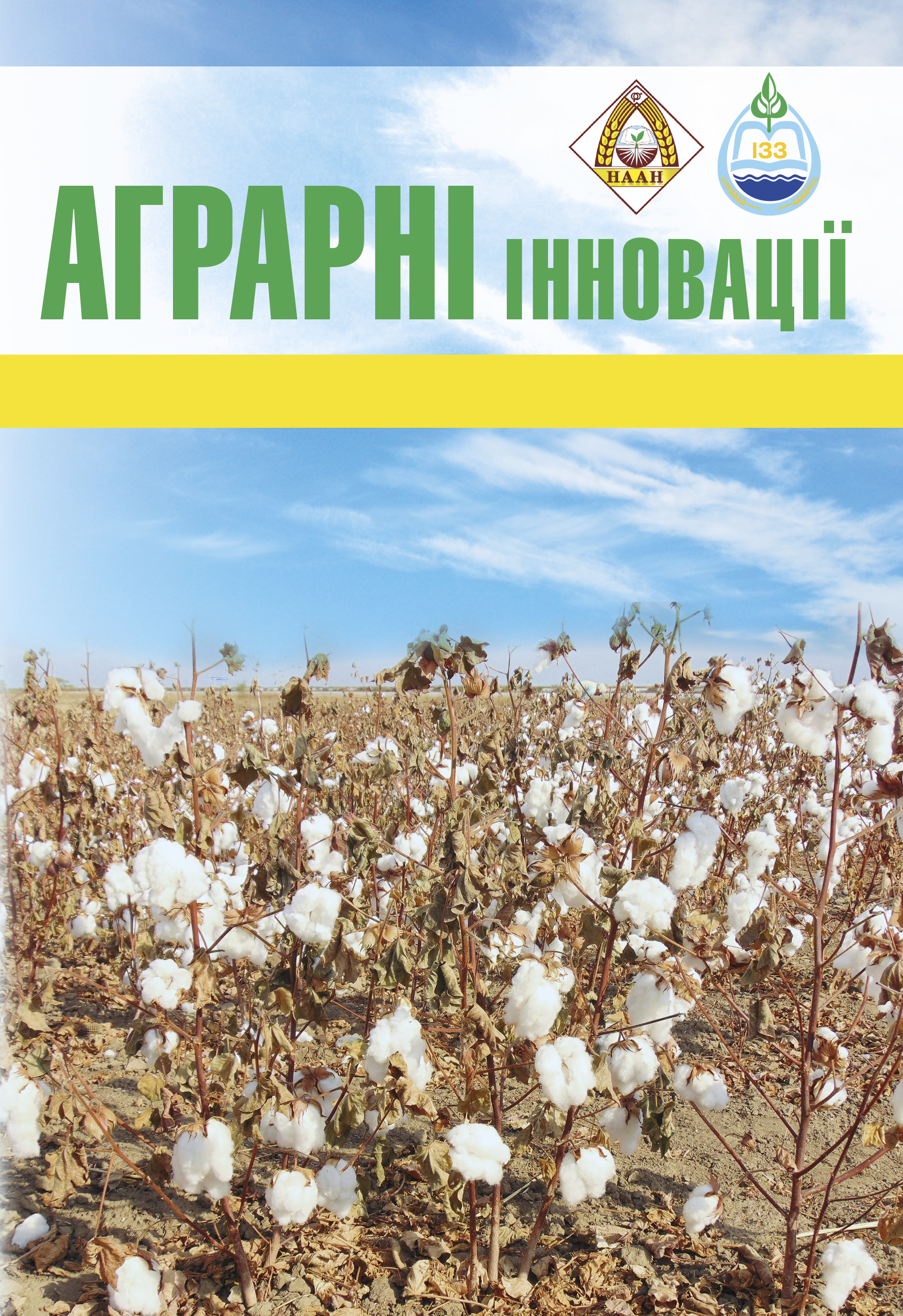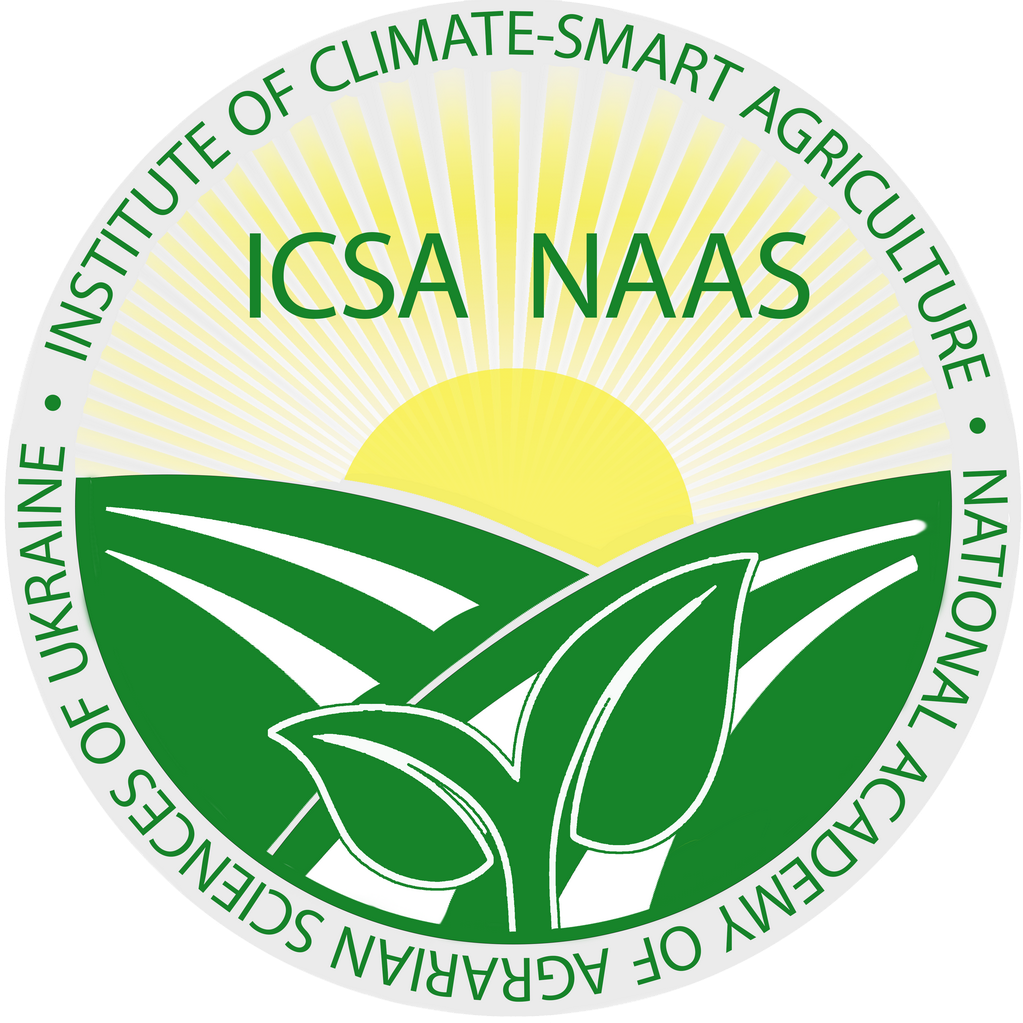The effectiveness of using artificial intelligence in horticulture
Abstract
An important aspect of the application of new technologies in horticulture is the reliance on artificial neural networks (ANNs) for data processing and pattern recognition. They have shown high efficiency in detecting subtle patterns and trends that may not be immediately visible to the human eye. When applied to pest control, ANNs help to recognize changes in plant responses that indicate physiological disturbances caused by pests, supporting early and targeted interventions. The integration of new technologies into agriculture not only increases the effectiveness of monitoring, but also reduces the dependence on chemical pesticides. This approach is important for sustainable agriculture, as it minimizes environmental impact while ensuring high suitability. The use of new technologies for value discovery is a step forward in modern agricultural practices, where precision and temporality are vital to maintaining plant health and quality. A variety of technologies are used to monitor plant health, including advanced sensors, cameras, and automated data processing systems. Sensors such as temperature, humidity, and light sensors are crucial for monitoring the greenhouse environment in real time. This data, transmitted to a central system based on II, allows for precise control of the growing environment. Video cameras capture changes in height and shade appearance, while computer vision and image analysis display anomalies in the system, such as changes in color, shape, or texture, indicating the impact of influencing factors.The data collected by these devices is then processed using the latest technology trained to recognize patterns in plant health. These networks provide early warning, detect deviations related to pest activity, allowing for timely and preventive measures. Such automated responses may include damage correction, introduction of approved or even biological control measures, such as the introduction of natural defenders to combat identified harmful factors.
References
2. Інформаційні системи і технології в економіці: посібник / за ред. В.С. Пономаренка.Київ : Видав. центр “Академія”, 2002. 544 с.
3. Гнучкі комп’ютерно-інтегровані системи: планування, моделювання, верифікація, управління : підручник : з 2-х кн./Л. С. Ямпольський, П. П. Медьничук, К. Б. Остапченко, О. І. Лісовіченко.Житомир : ЖДТУ,2010. Кн. 2. Штучний інтелект в плануванні і керуванні виробничими процесами.786 с.
4. Глибовець М.М., Олецький О.В.Штучний інтелект: підручник. Київ : Видав. дім “КМАкадемія”, 2022. 368 с.
5. Аніскевич Л.В. Системи керування нормами внесення матеріалів в технологіях точного землеробства: автореф. дис.на здобуття наук. ступеня д-ра техн. наук: 05.05.11 / Нац. аграр. ун-т. Київ,2005. 36 с.
6. Терміни точного землеробства /Войтюк Д.Г., Аніскевич Л.В., Гаврилюк Г.Р., Волянський М. С.Техніка АПК.2005. № 5.С.29–30.
7. Шевчук О.В., Коломієць С.І.Точне землеробство: переваги й перспективи. Захист рослин.2001.№5. С.18–20.
8. Адамчук В.В., Мойсеєнко В. В. Землеробство майбутнього і техніка для ньогою. Вісник аграрної науки. 2001. № 11. С.55–60.
9. Побудова картогам поживних речовин у ґрунті з використанням супутникової навігаційної системи /Войтюк Д.Г., Гаврилюк Г.Р., Аніскевич Л.В., Волянський М.С.Механізація сільськогосподарського виробництва. 2000.Вип. ІX.С.37–39.
10. Бідолах Д.І., Панасенко В.М., Козак О.В. Використання деяких елементів нових технологій при картографуванні ґрунтів. Вісник аграрної науки.2005. №1. С.69–71.
11. Мельник Р.В. Параметри забезпечення ефективності застосування широкозахватних машинно-тракторних агрегатів у керованому землеробстві. Механізація та електрифікація сільського господарства: міжвід. темат. наук. зб. 2008. Вип. 92. С.541–547.
12. Броварець О.О. Дистанційне керування технологічними операціями роботизованих систем у точному землеробстві.Механізація та електрифікація сільського господарства : міжвід. темат. наук.зб.2008. Вип. 92.С.530–535.
13. Кравченко В., Сердюченко Н.Основи методології моніторингу агроресурсів та прогнозування врожайності сільськогосподарських культур за проектом MARS.Вісник Харківського національного технічного університету сільського господарства ім. П. Василенка.Механізація сільськогосподарського виробництва. 2008. №75,т. IІ. С.3–14.
14. Кравчук В., Любченко С., Ковтуненко О. Інтегрована система технологій керованого землеробства. Техніко-технологічні аспекти розвитку та випробування нової техніки і технологій для сільського господарства України / УкрНДІПВТ ім. Л. Погорілого.2009.Вип. 13(27), кн. 2.С.50–52.
15. 15.Richard S. Sutton, Andrew G. Barto. Reinforcement Learning: An Introduction.Ser.: Adaptive Computation and Machine Learning.London: MIT Press, 2018. 552 p.
16. Action needed for the EU common agricultural policy to address sustainability challenges /Peer G., Bonn A., Bruelheide H.et al. People andnature.2020. №2. Р.305–316. DOI: https://doi.org/10.1002/pan3.10080
17. Binta B. A., Bruno B.Economic and Environmental Performances of Organic Farming System Compared to Conventional Farming System: A Case Study of the Horticulture Sector in the Niayes Region of Senegal. Pro. Env. Sc.2015. №29. Р.17–19.DOI: https://doi.org/10.1016/j.proenv.2015.07.1323
18. Klimczuk-Kochańska M., Klimczuk A.Organic Agriculture. The Palgrave EncyclopediaofGlobal Security Studies / (Eds.) Scott Romaniuk, Manish Thapa, Péter Marton.Cham: Springer International Publishing, 2020. Р.1–7.DOI: https://doi.org/10.1007/978-3-319-74336-3_480-1.4.

This work is licensed under a Creative Commons Attribution 4.0 International License.






